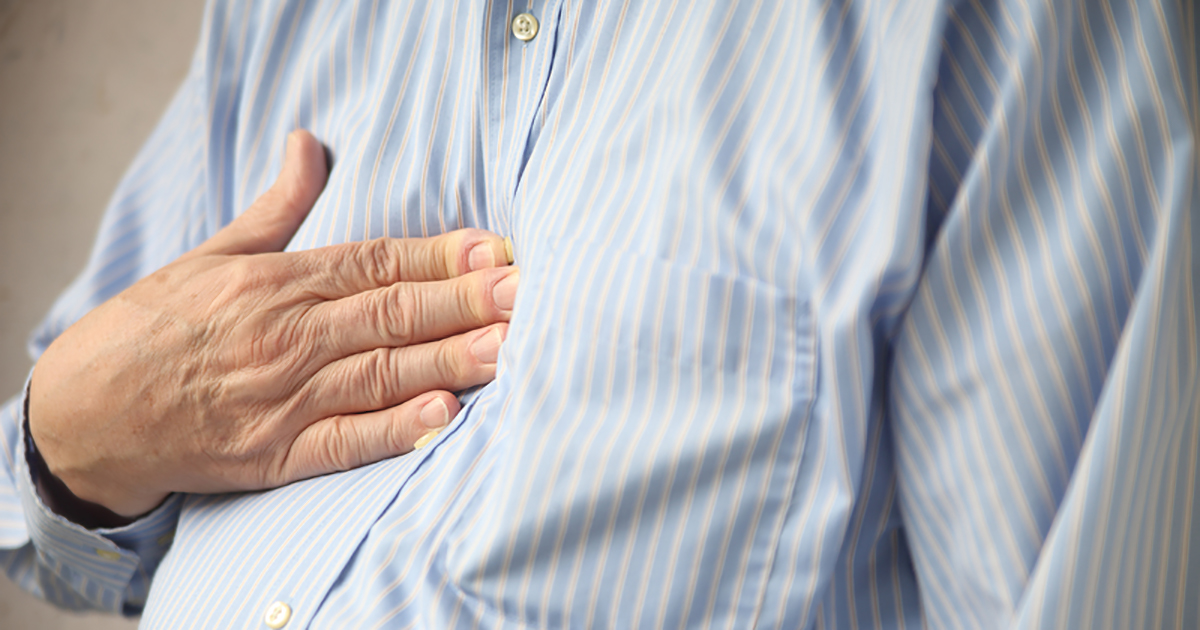Symptoms Of Eosinophilic Esophagitis
Difficulties Swallowing

Difficulties swallowing food, or dysphagia, happens due to the build-up of eosinophils on the esophagus and subsequent inflammation. The esophageal tube is narrowed, making it difficult to pass food from the mouth to stomach. Solid, dry foods can sometimes get lodged in the esophagus. This is called impaction and can cause pain. Patients with eosinophilic esophagitis must learn to chew food slowly and thoroughly to reduce chances of impaction from occurring. Eliminating foods likely to get trapped in the esophagus, such as meat, cheese, and bread, can also help with this symptom. A patient who has found relief from esophageal swelling with medicine must continue taking it, or the inflammation will return.
Continue reading to understand more symptoms of eosinophilic esophagitis.
Pain In The Upper Abdomen

Pain in the upper abdomen is often the result of food impaction in the esophagus. If the patient is unable to clear it naturally, a doctor may need to insert a tube into the throat. Should impacted food be left untreated, the body will form mucus or foam and initiate spasms in the esophagus to release the blockage. These spasms are responsible for most of the upper abdominal pain. A doctor may need to dilate the esophagus if topical steroids do not relieve inflammation. Dilation can be painful over the upper abdomen, but patients heal within days. This treatment can be performed yearly to reduce complications of the inflamed esophagus.
Get to know the next symptom of eosinophilic esophagitis by reading more now.
